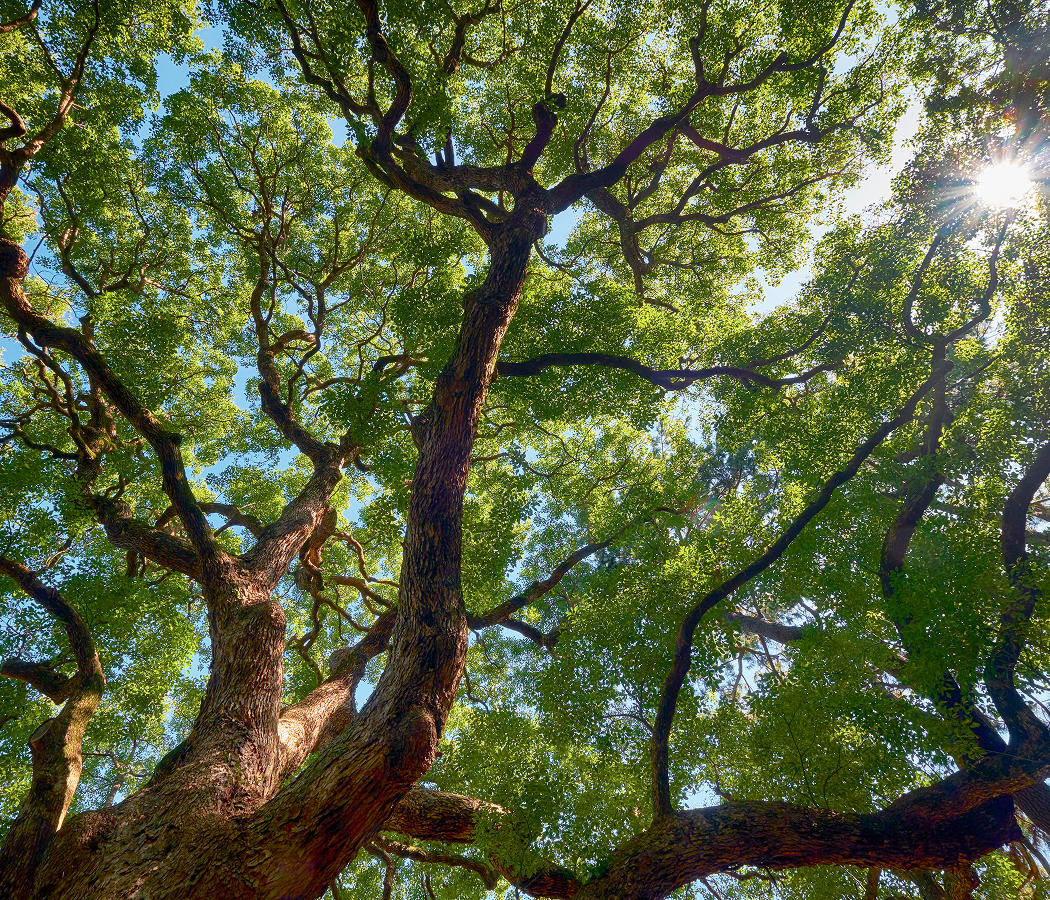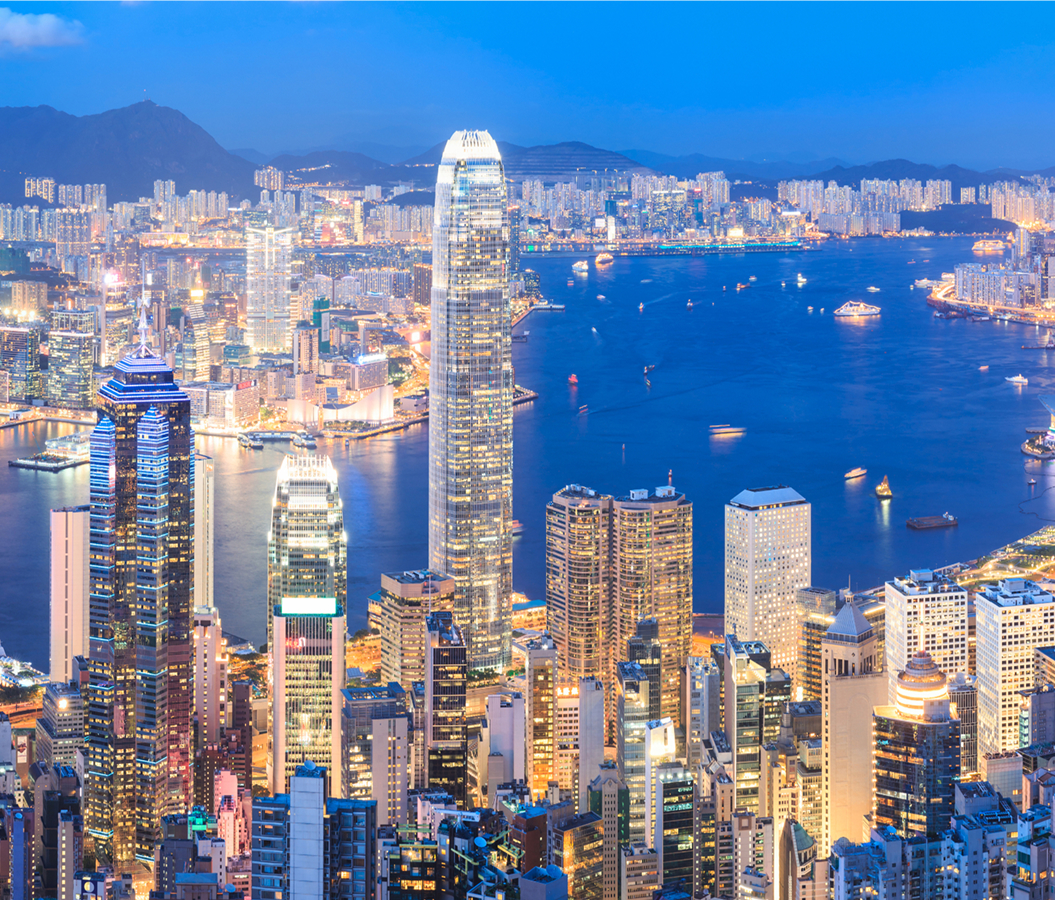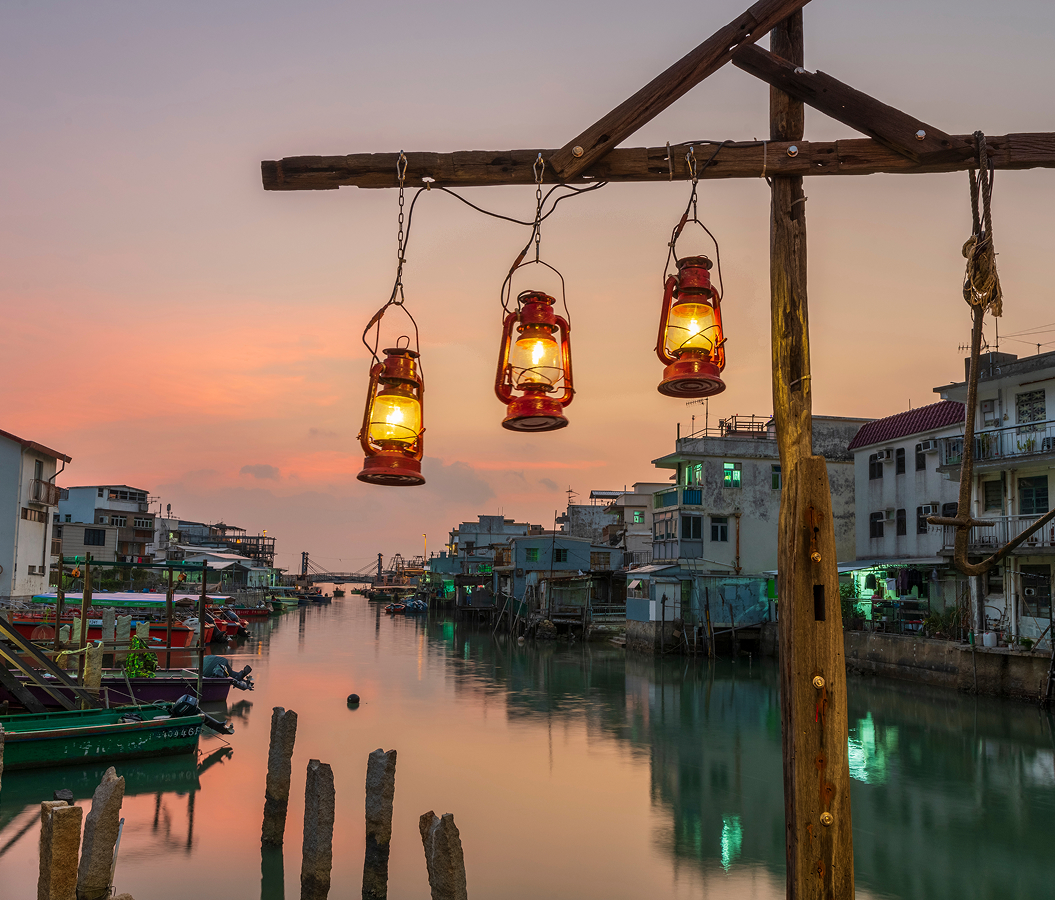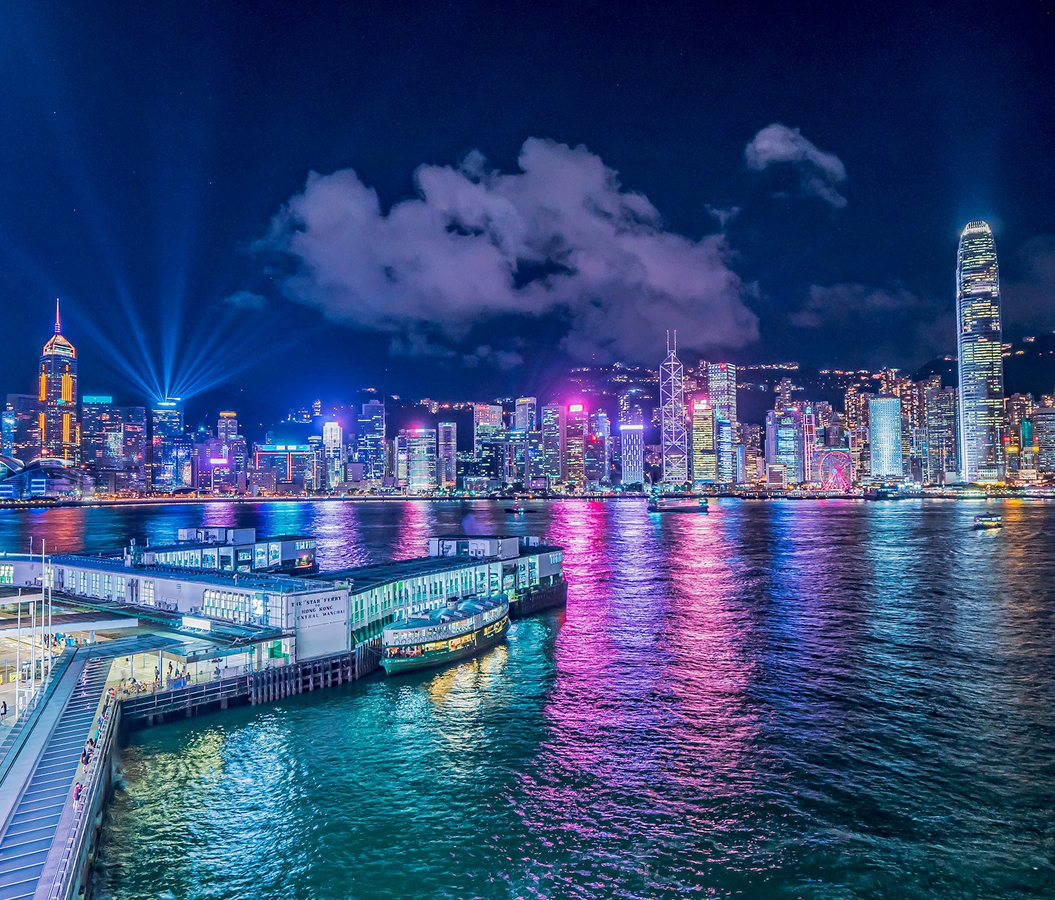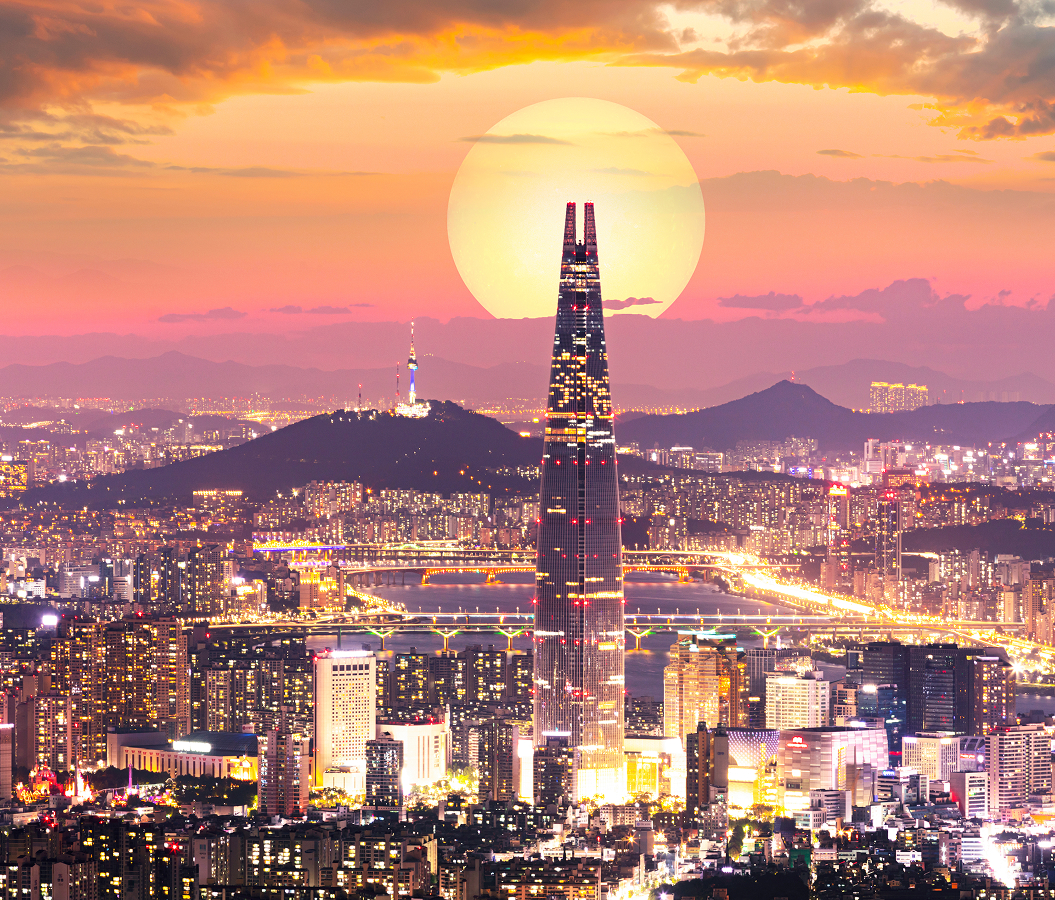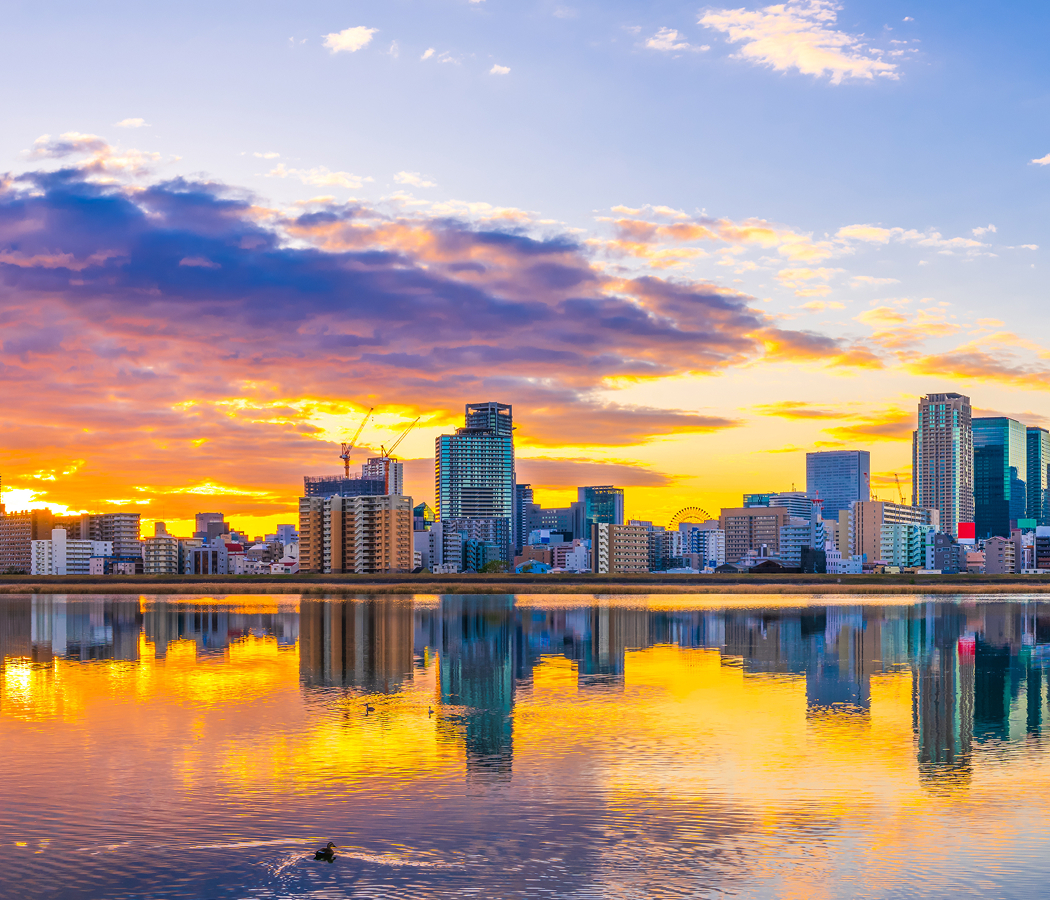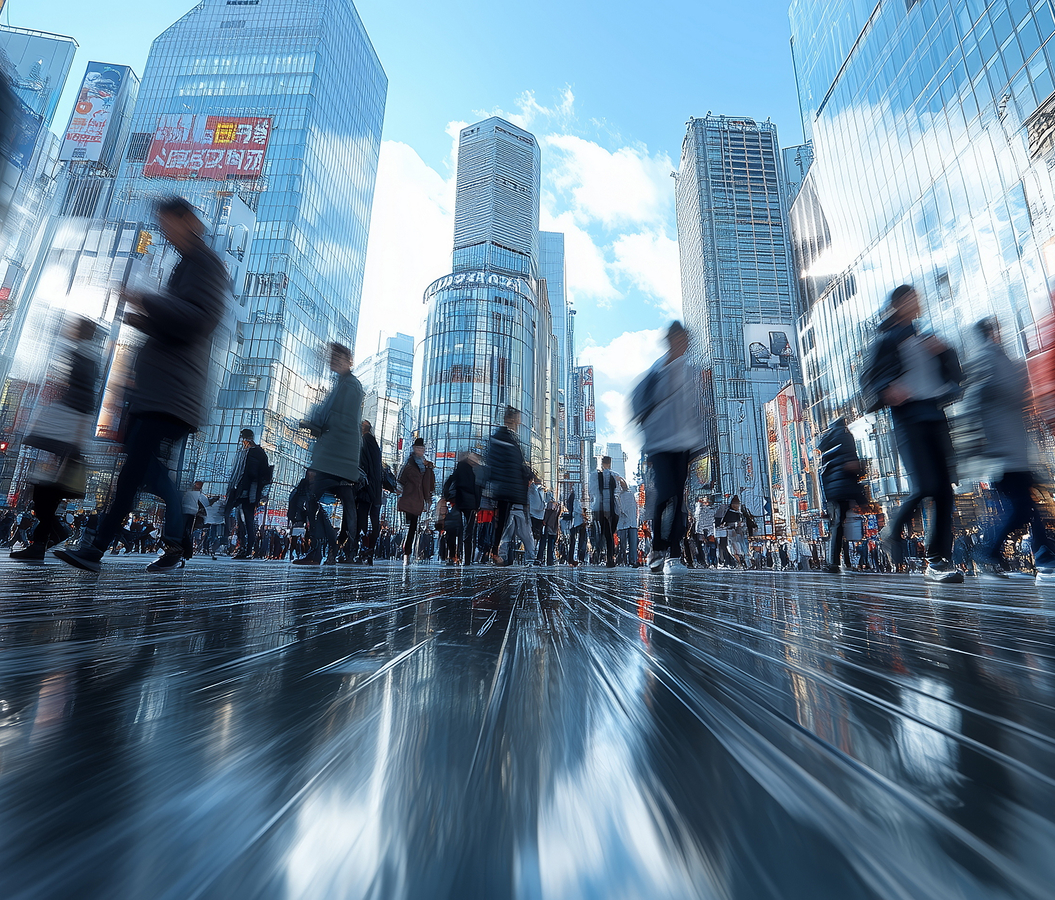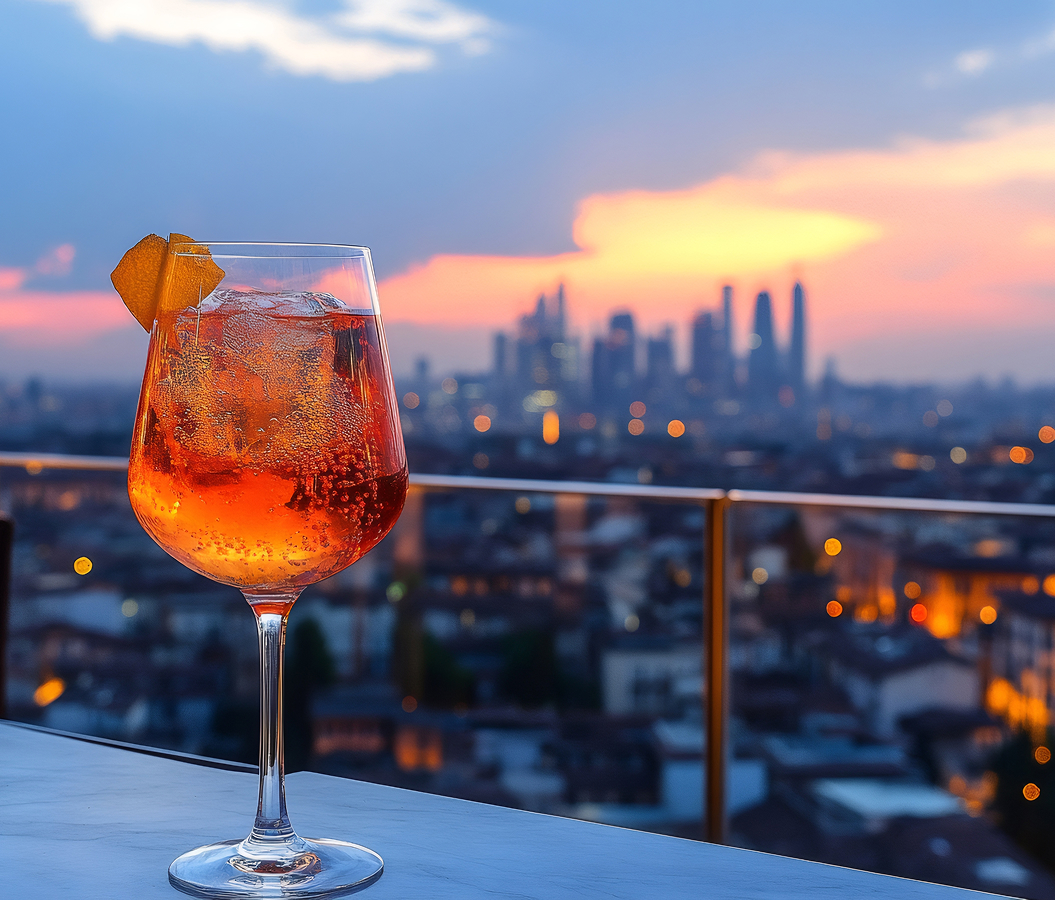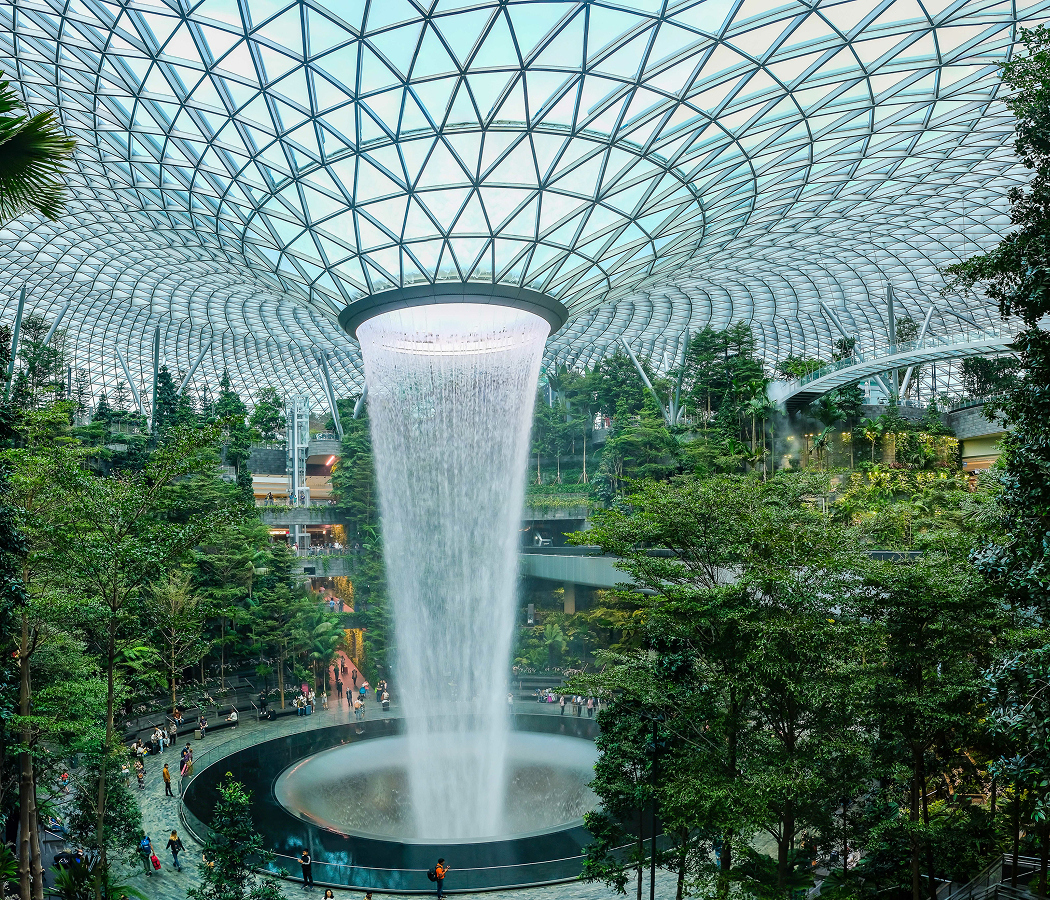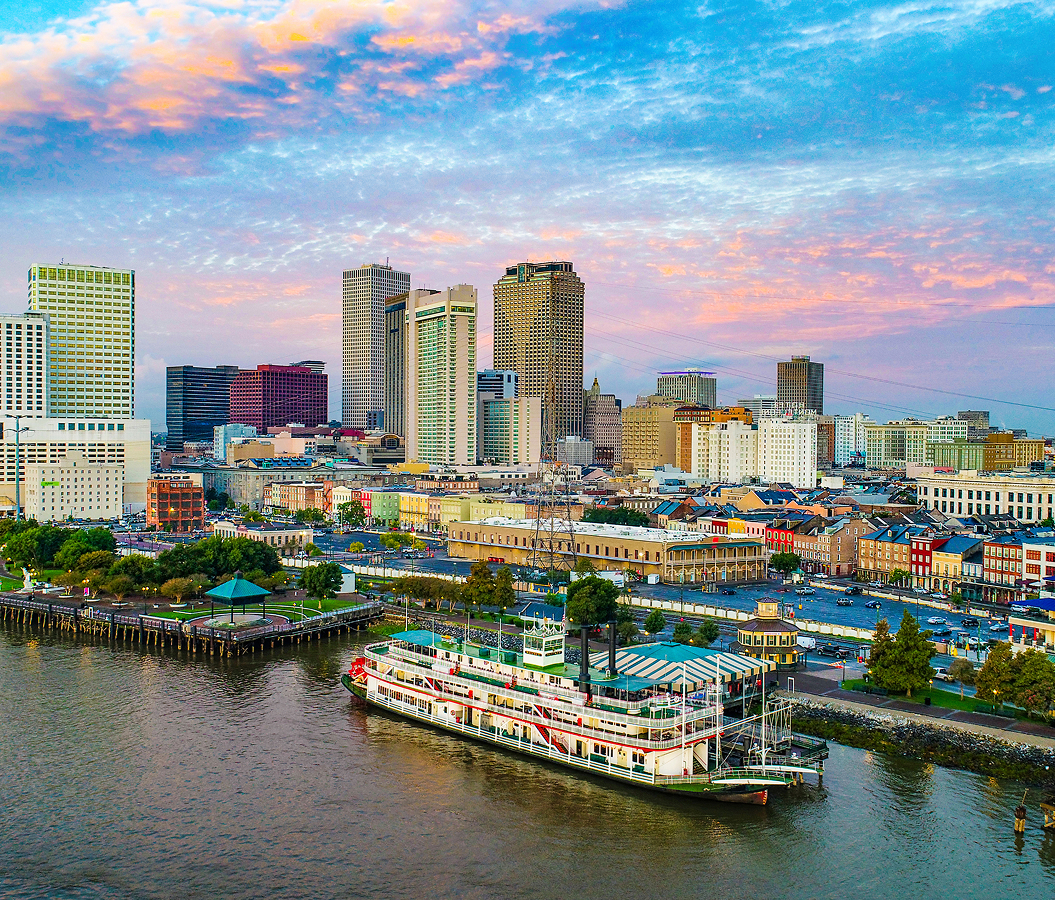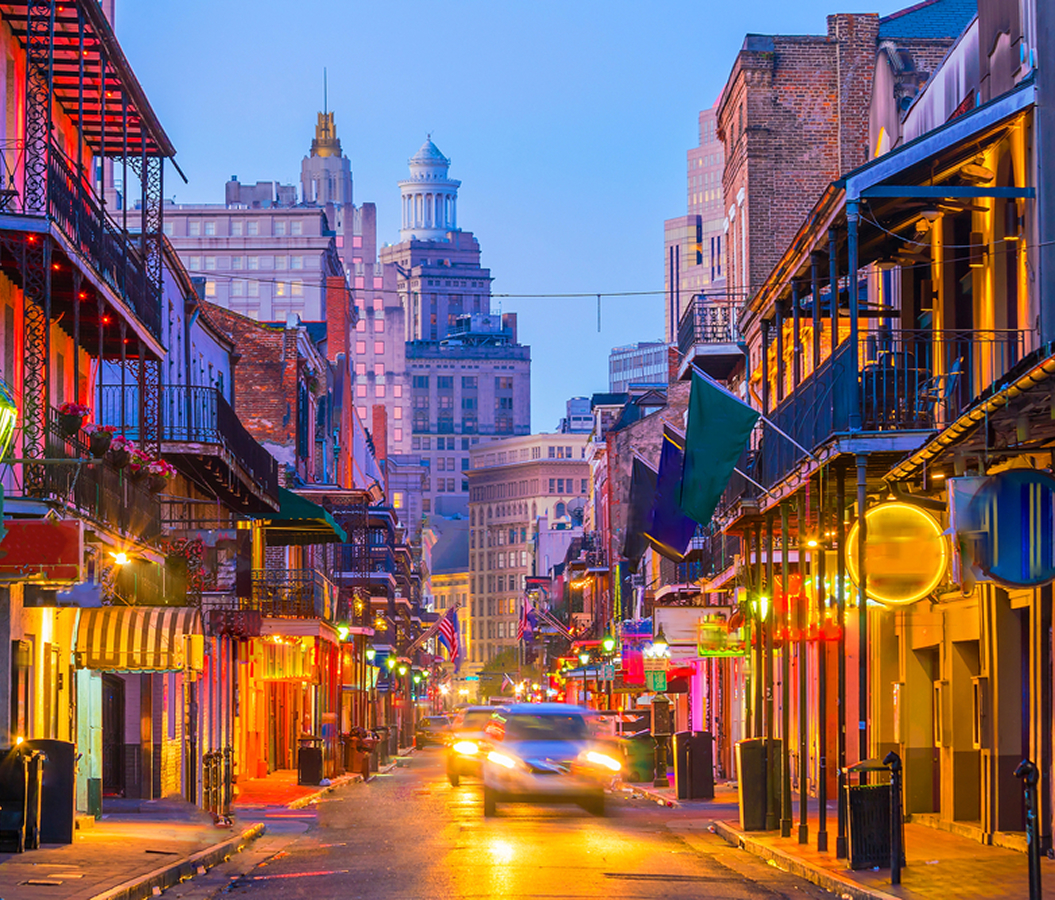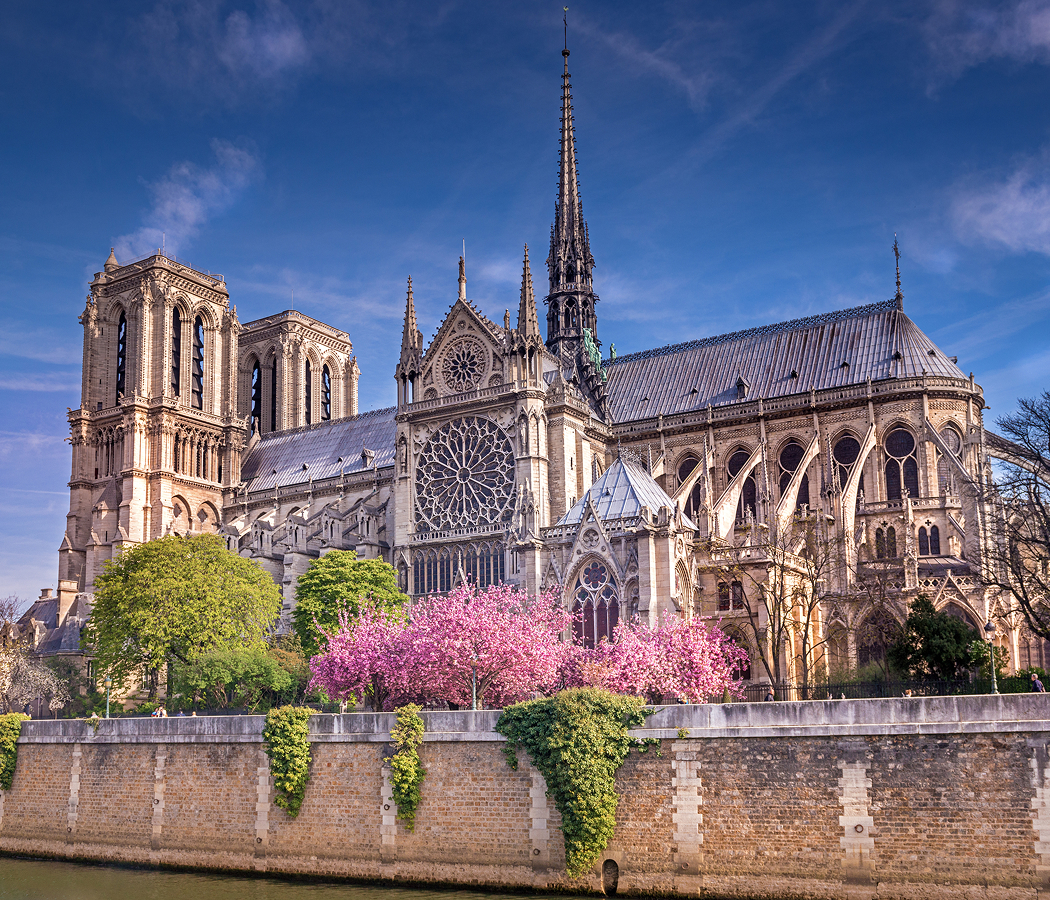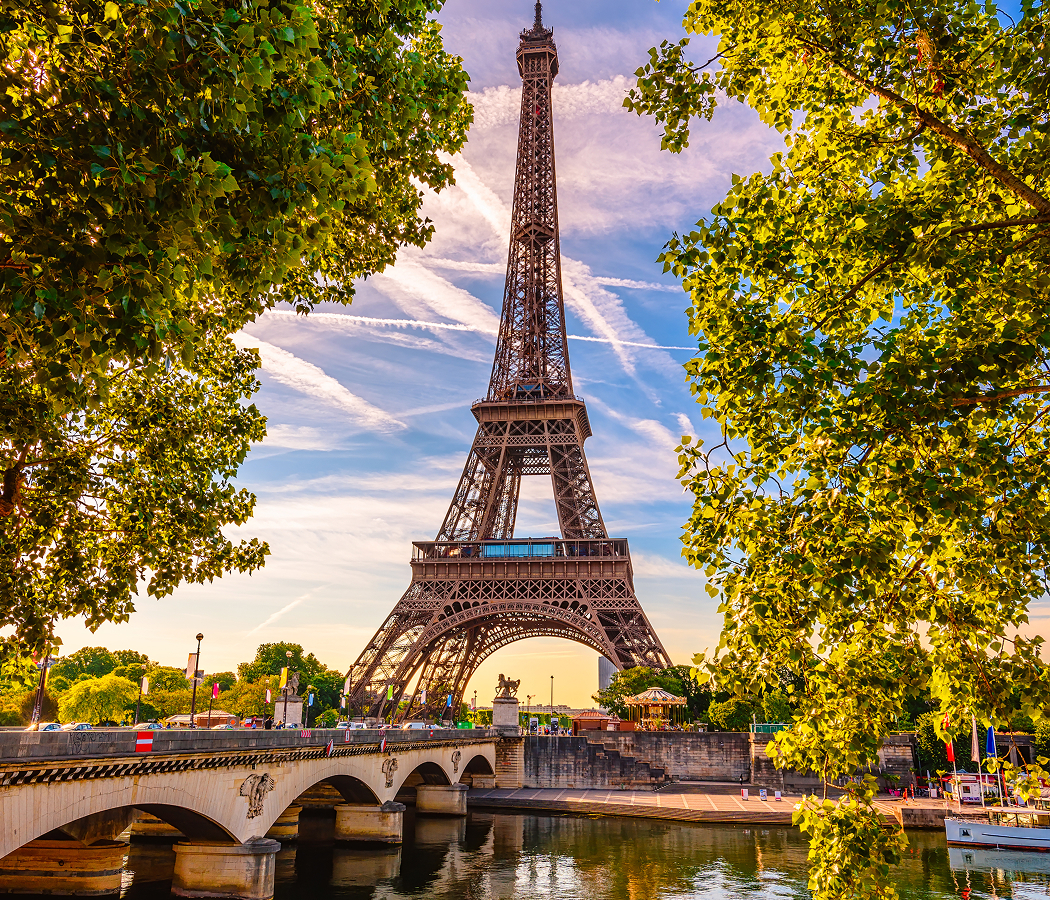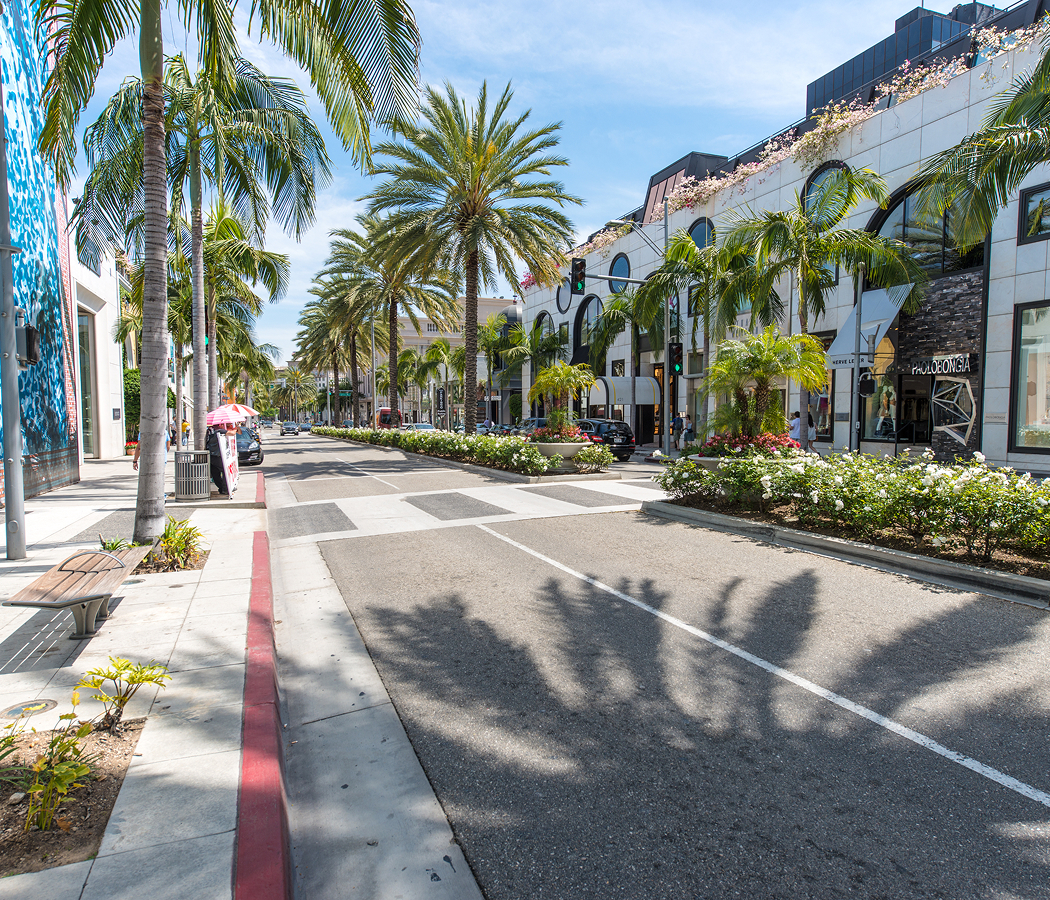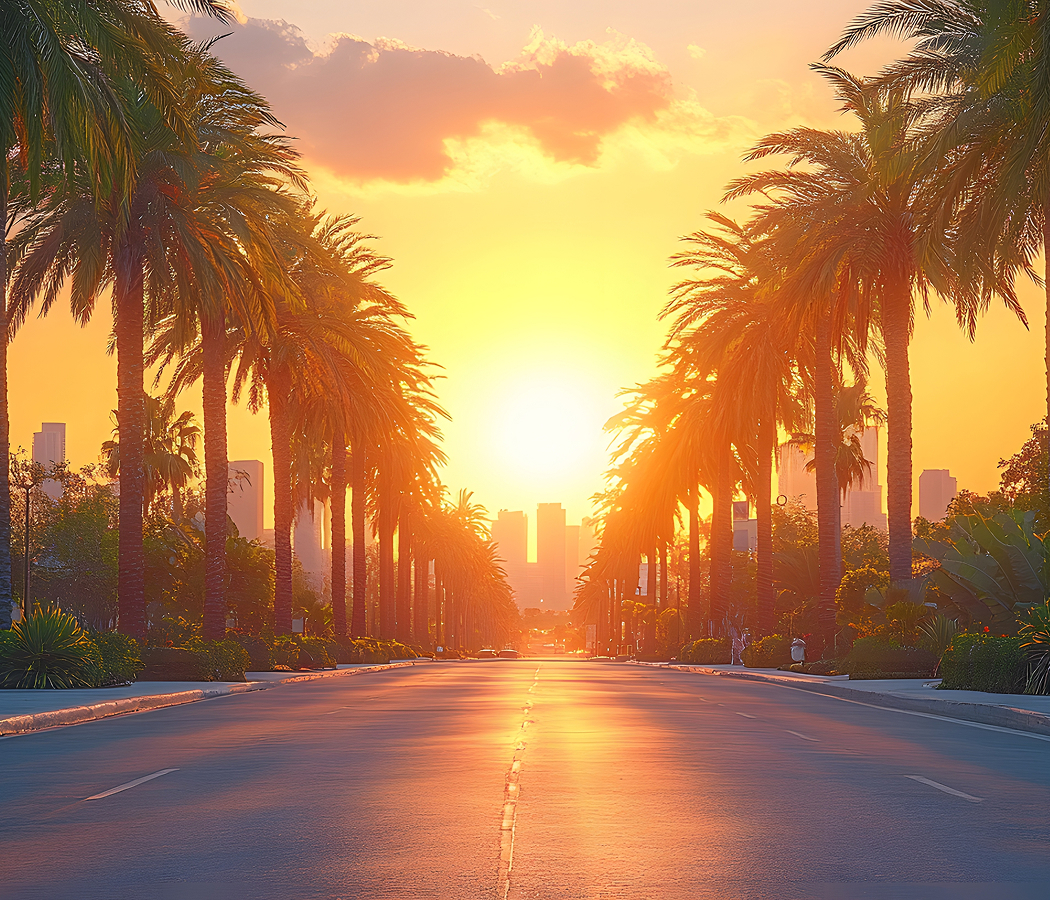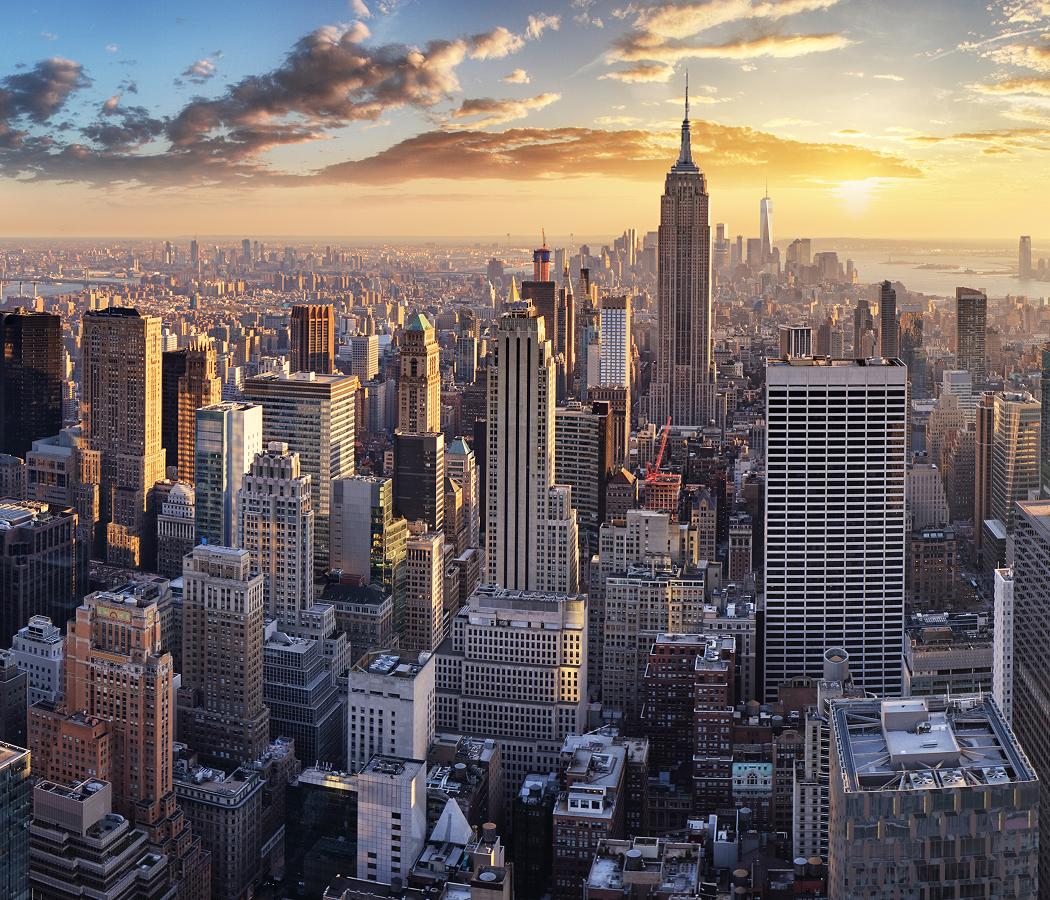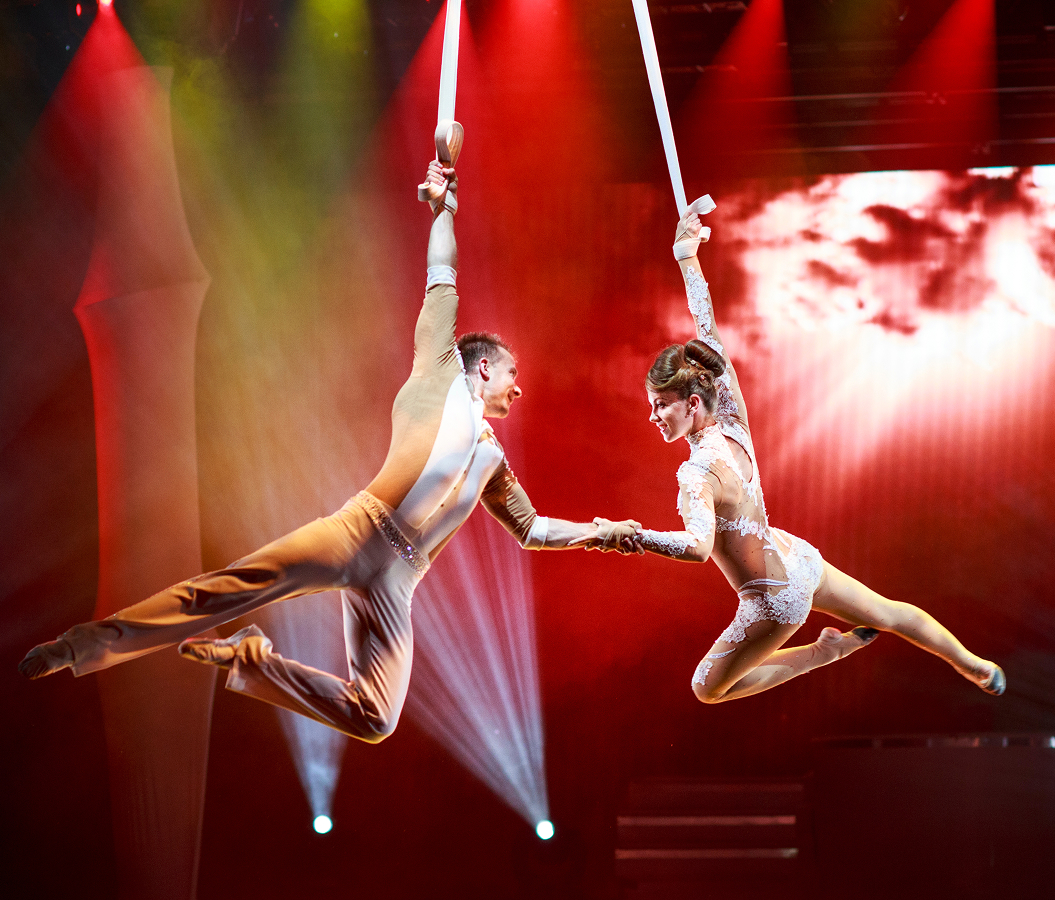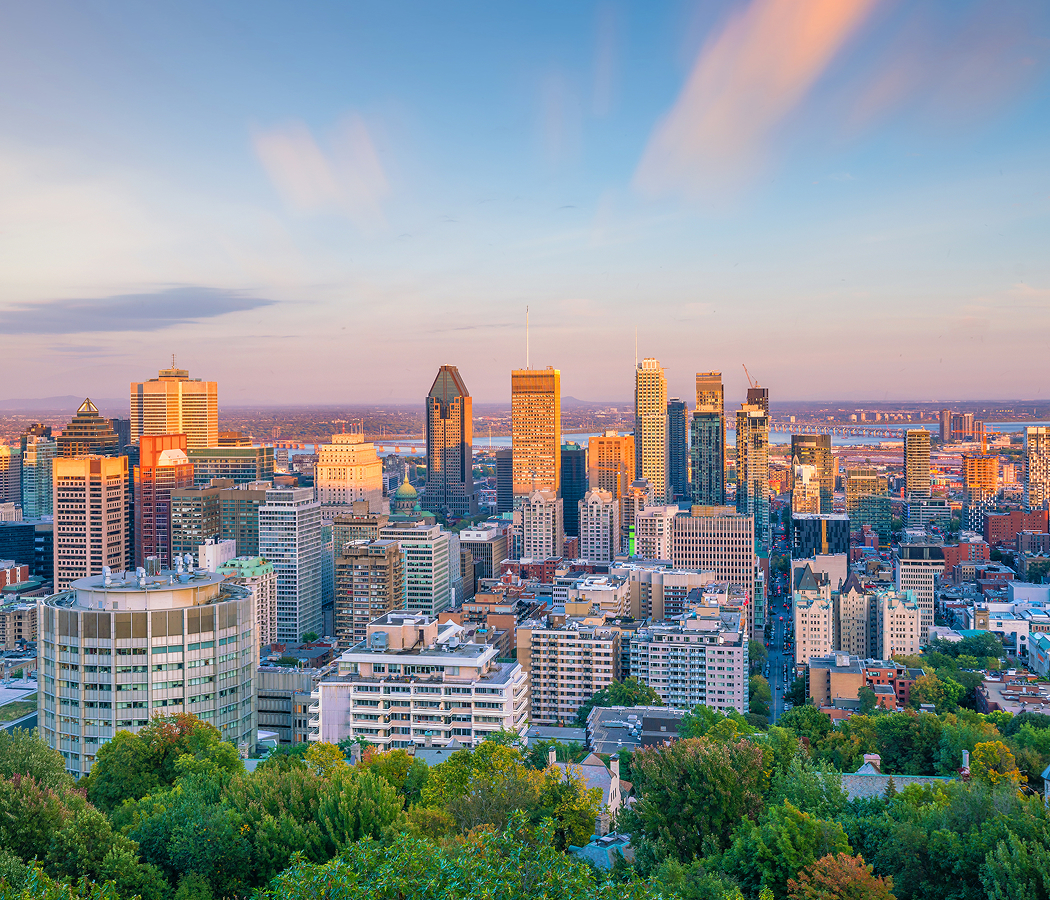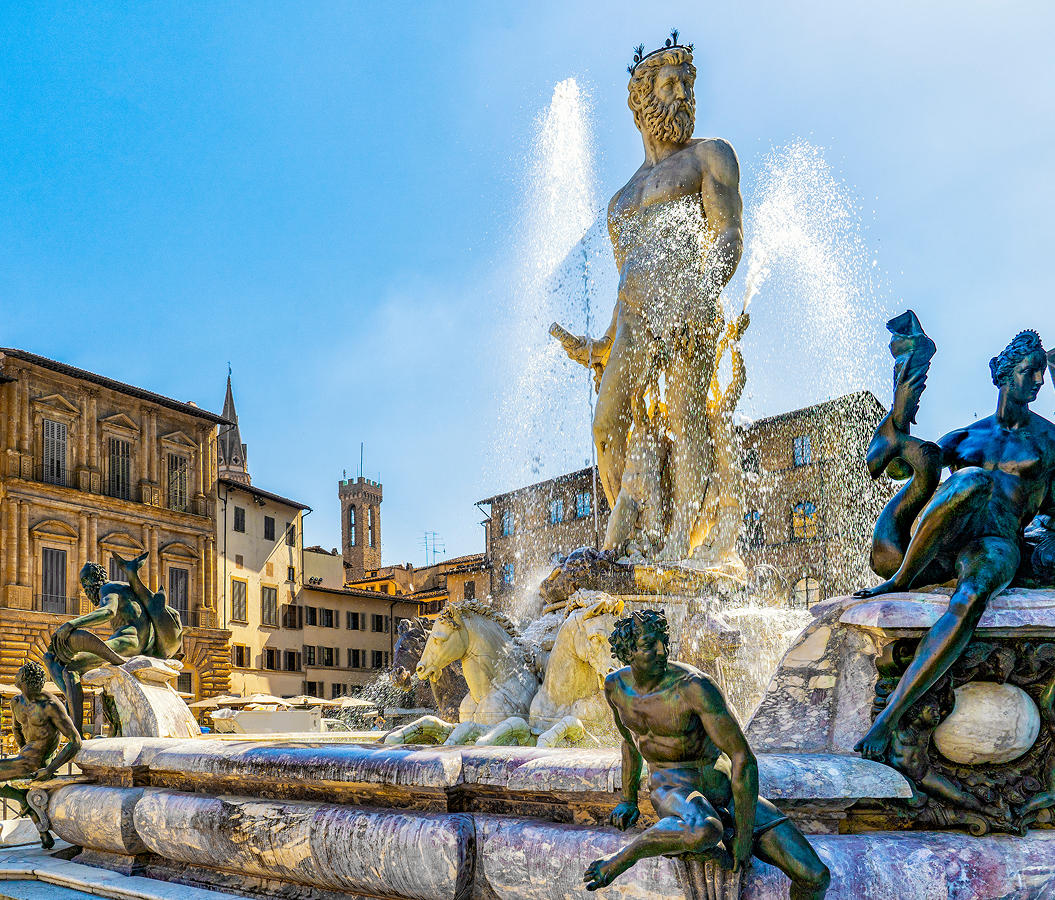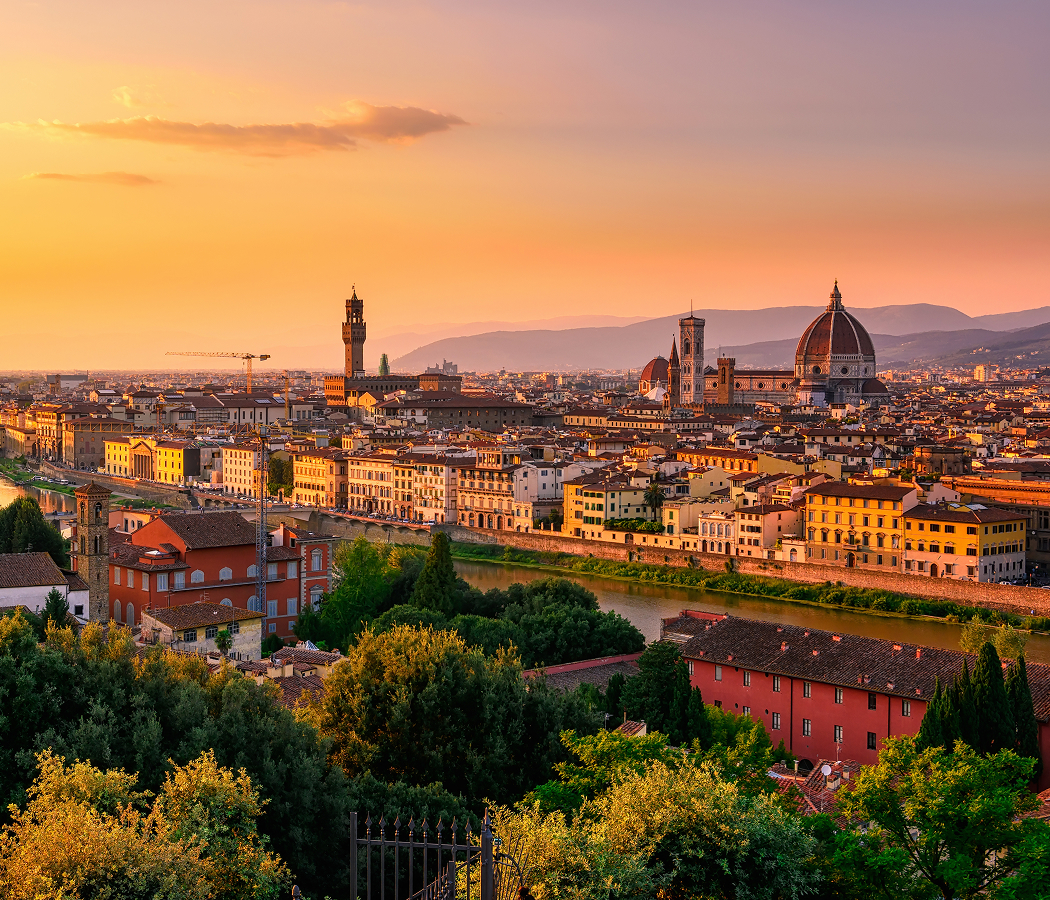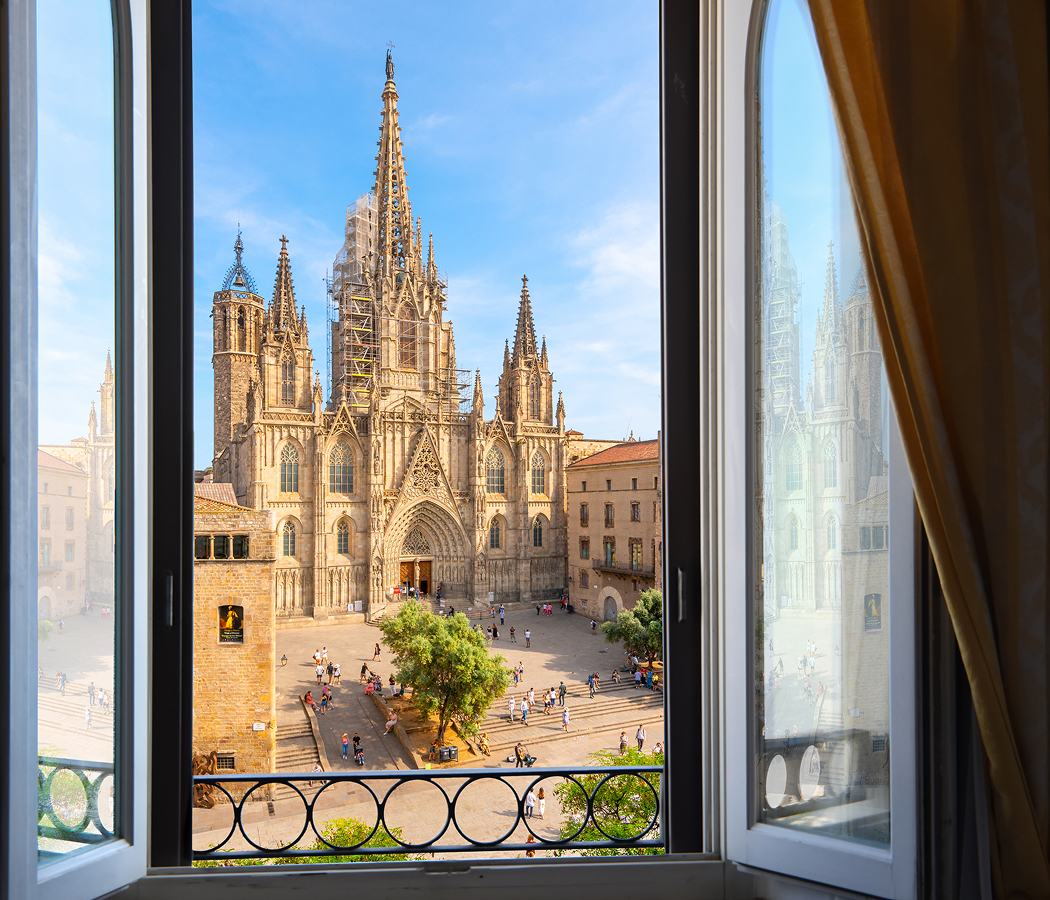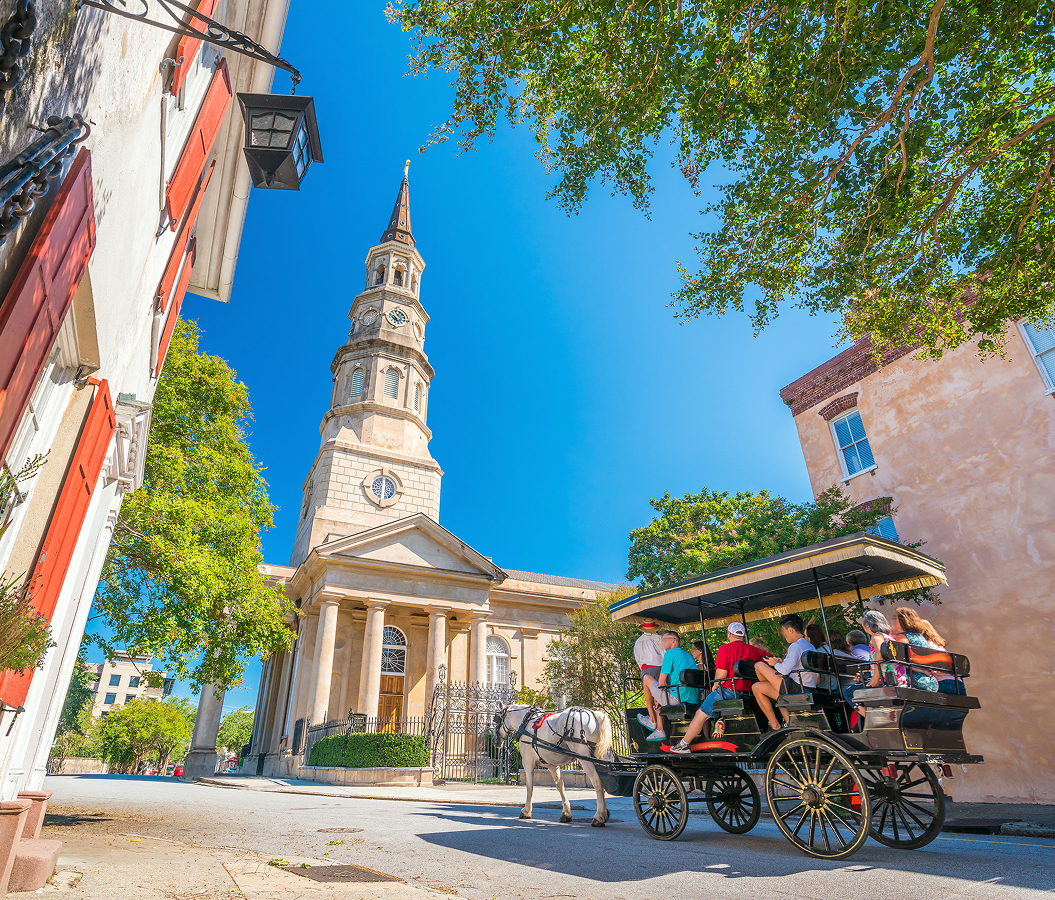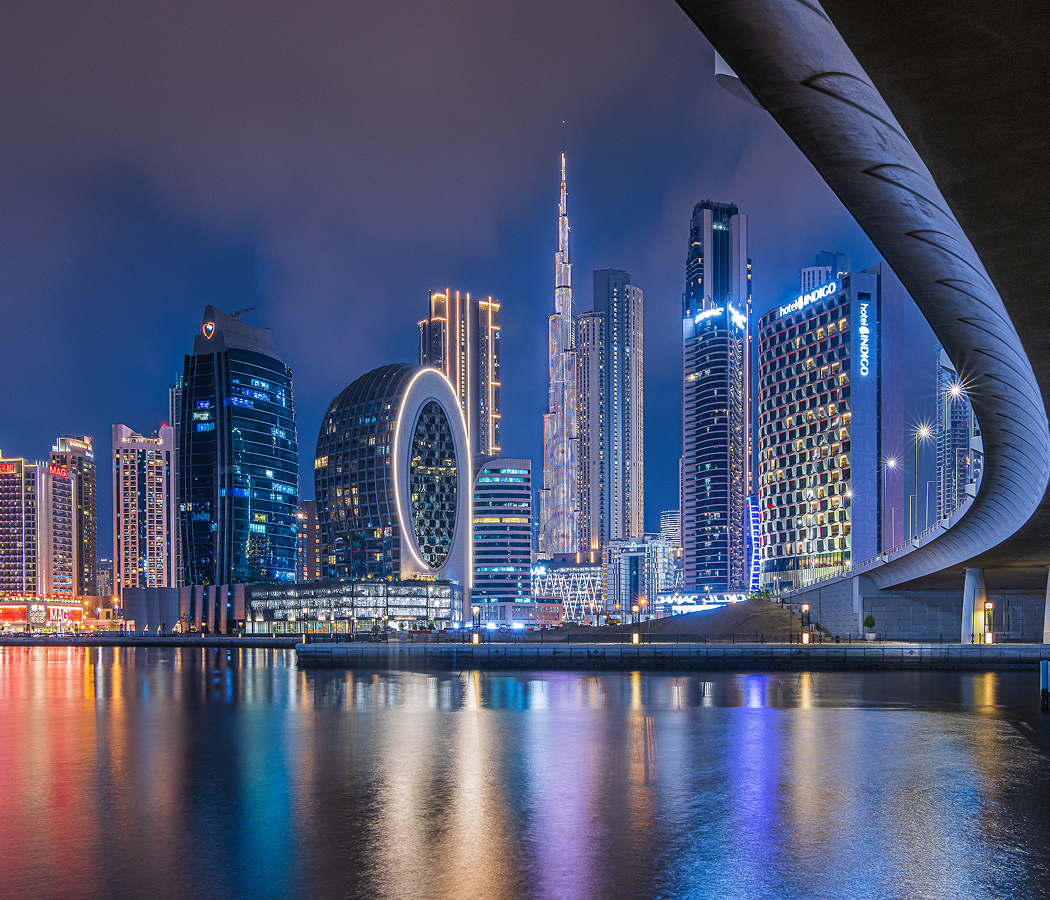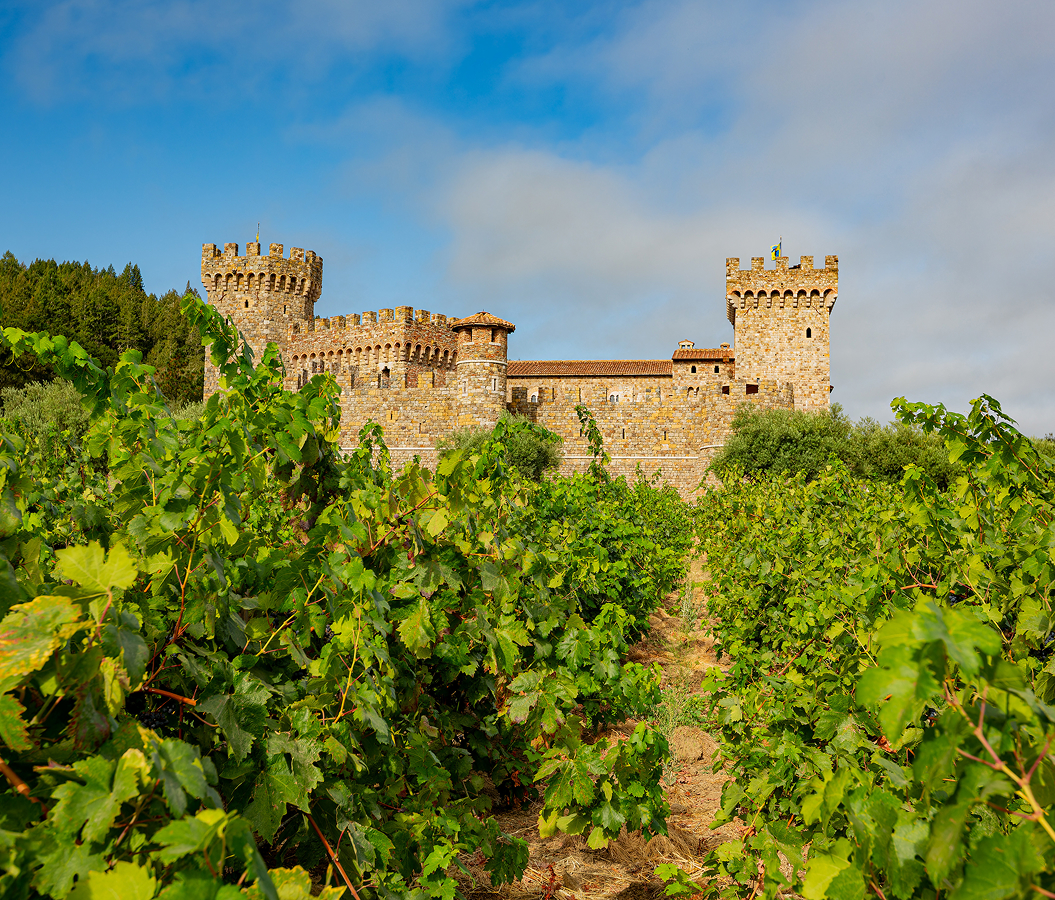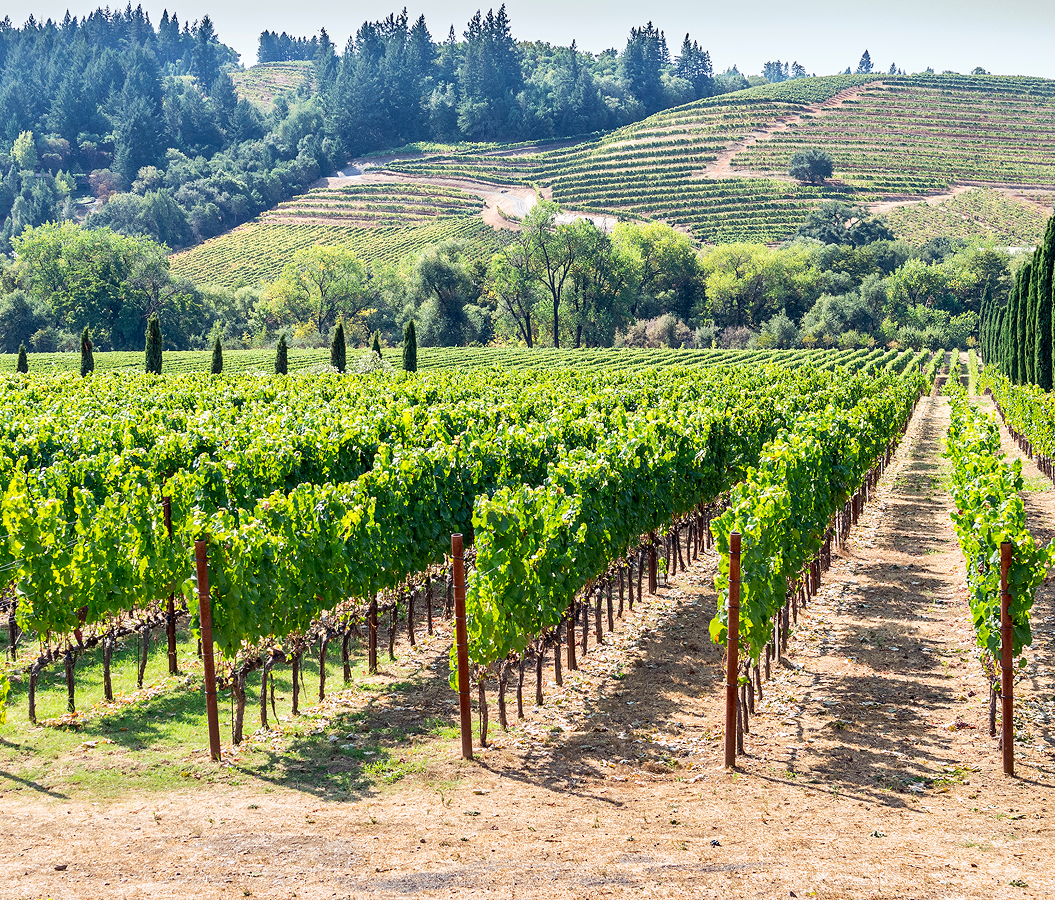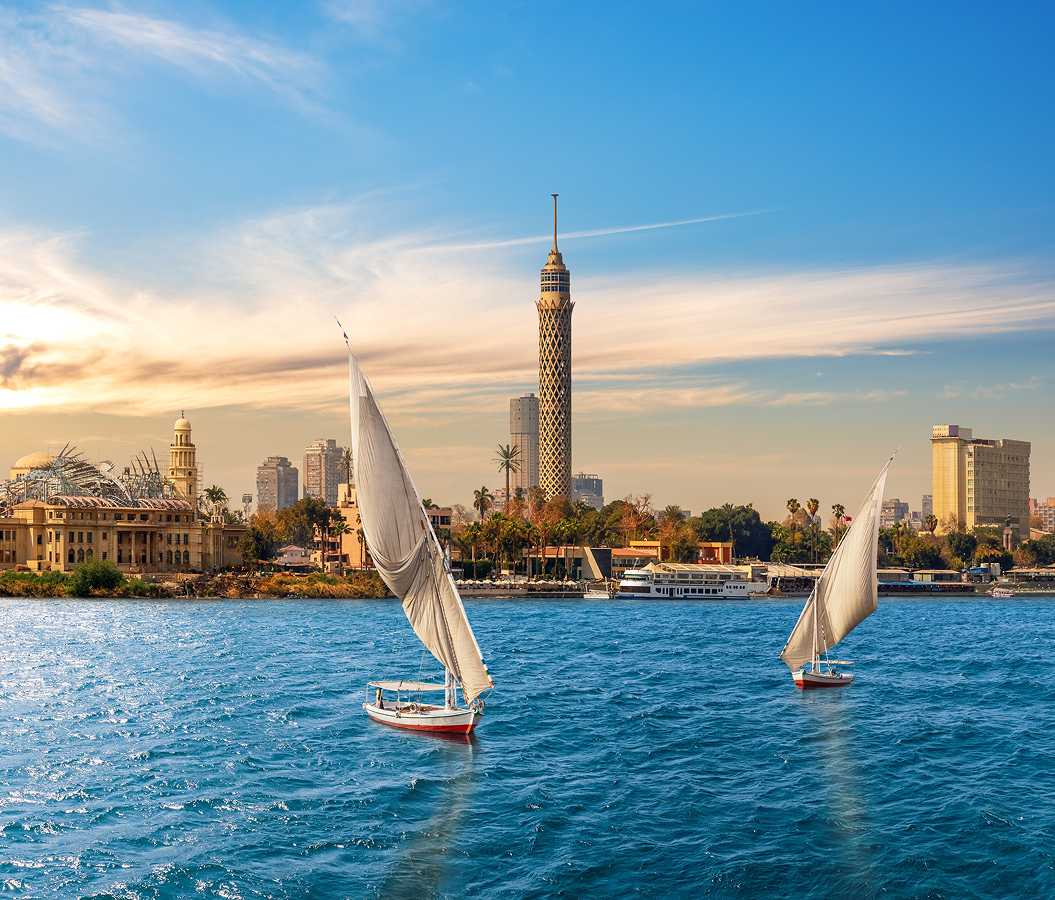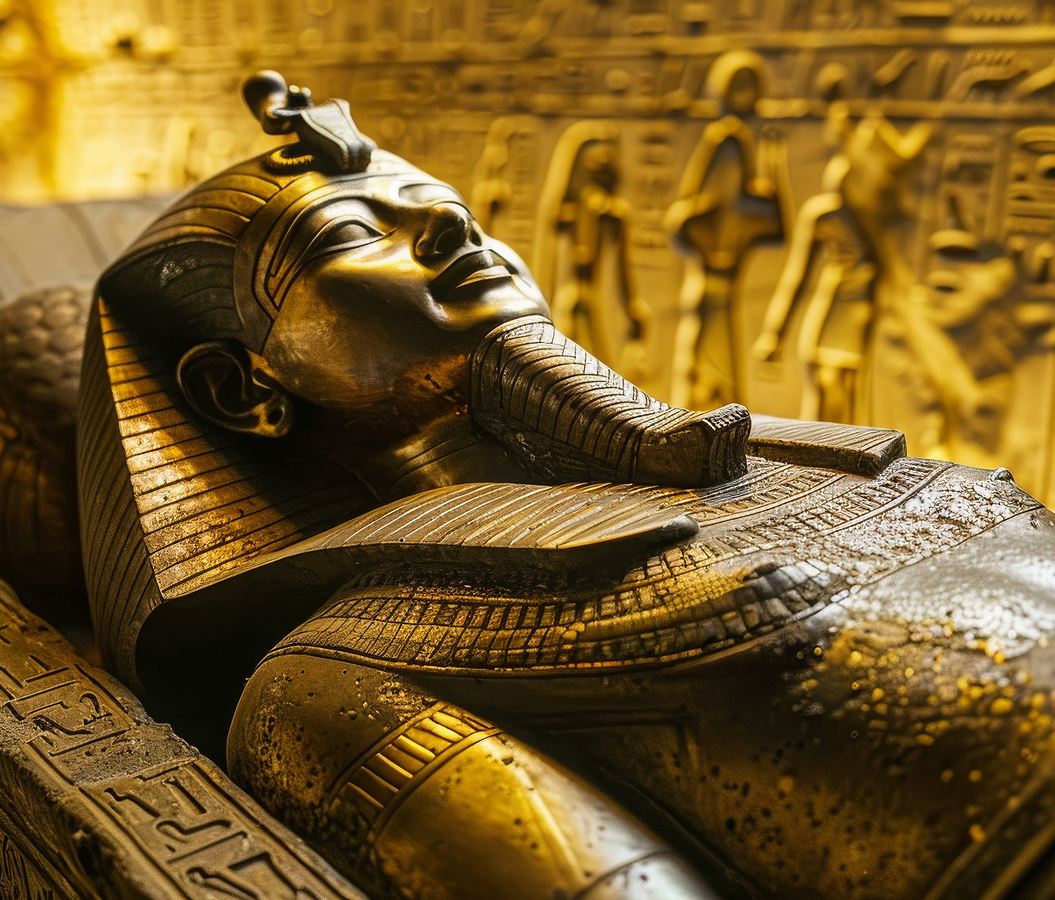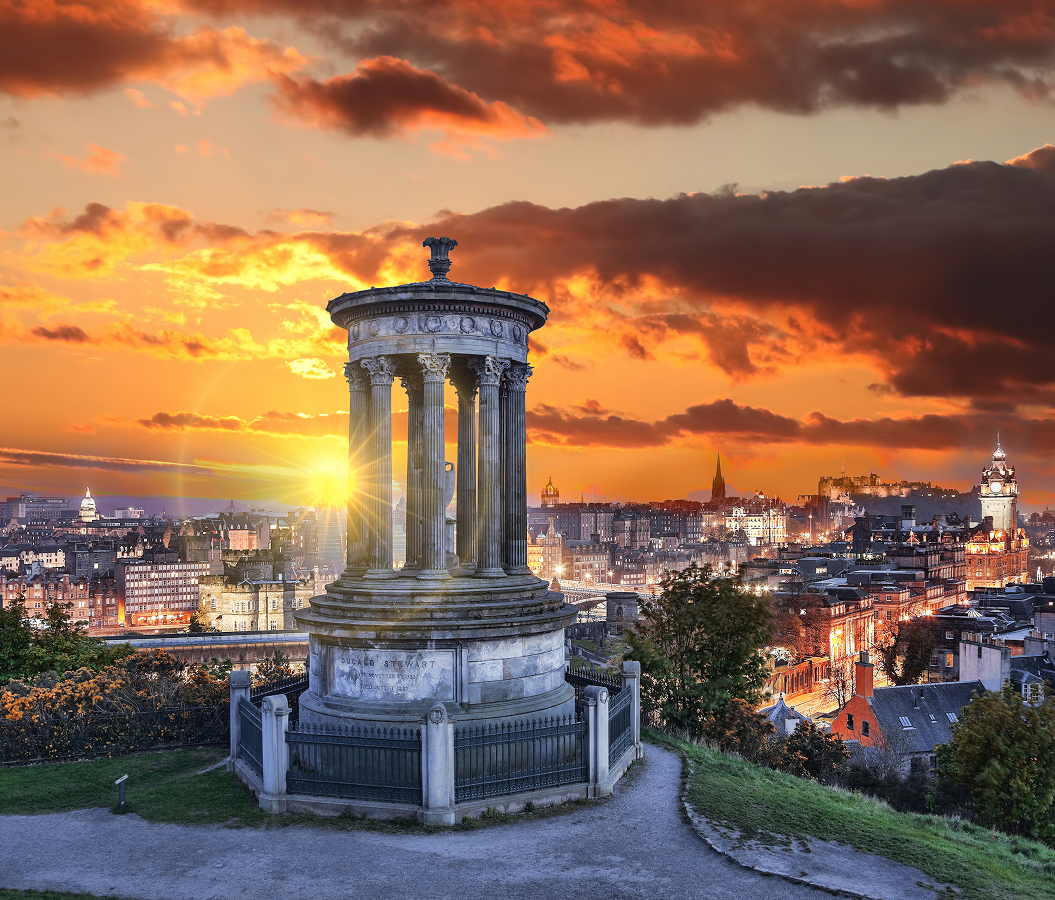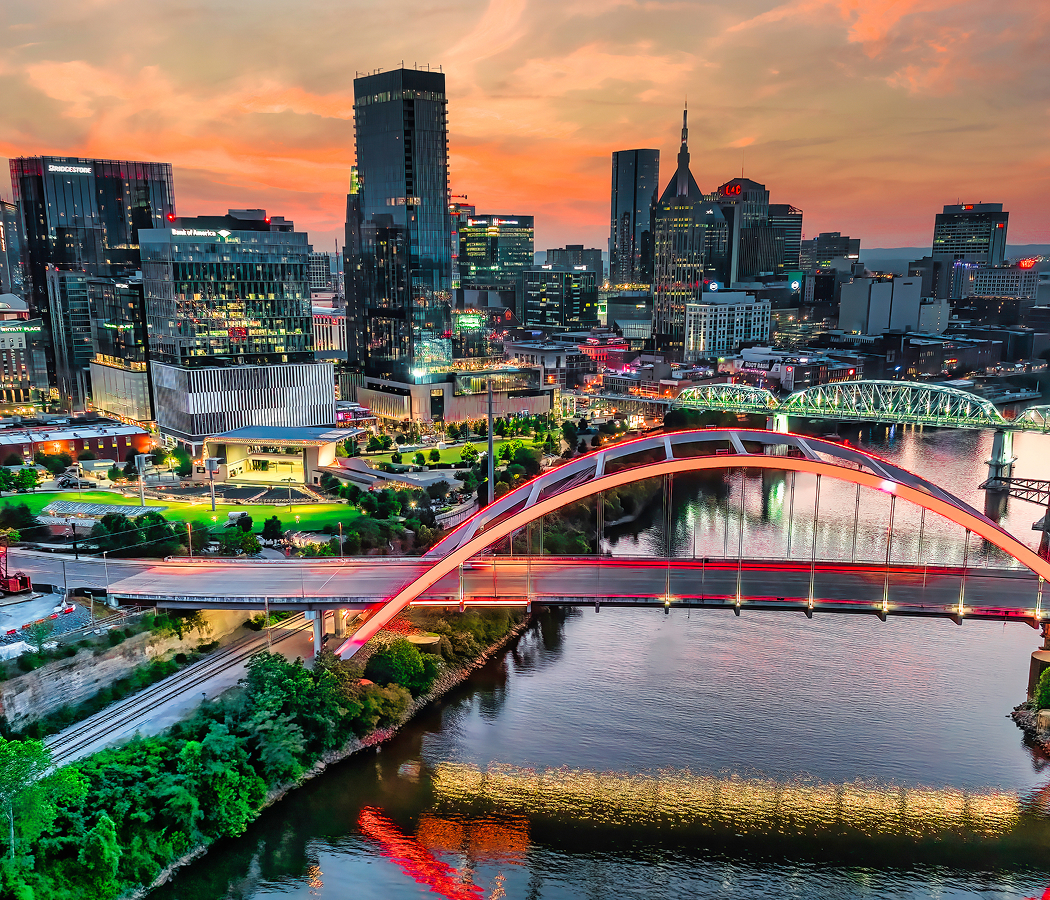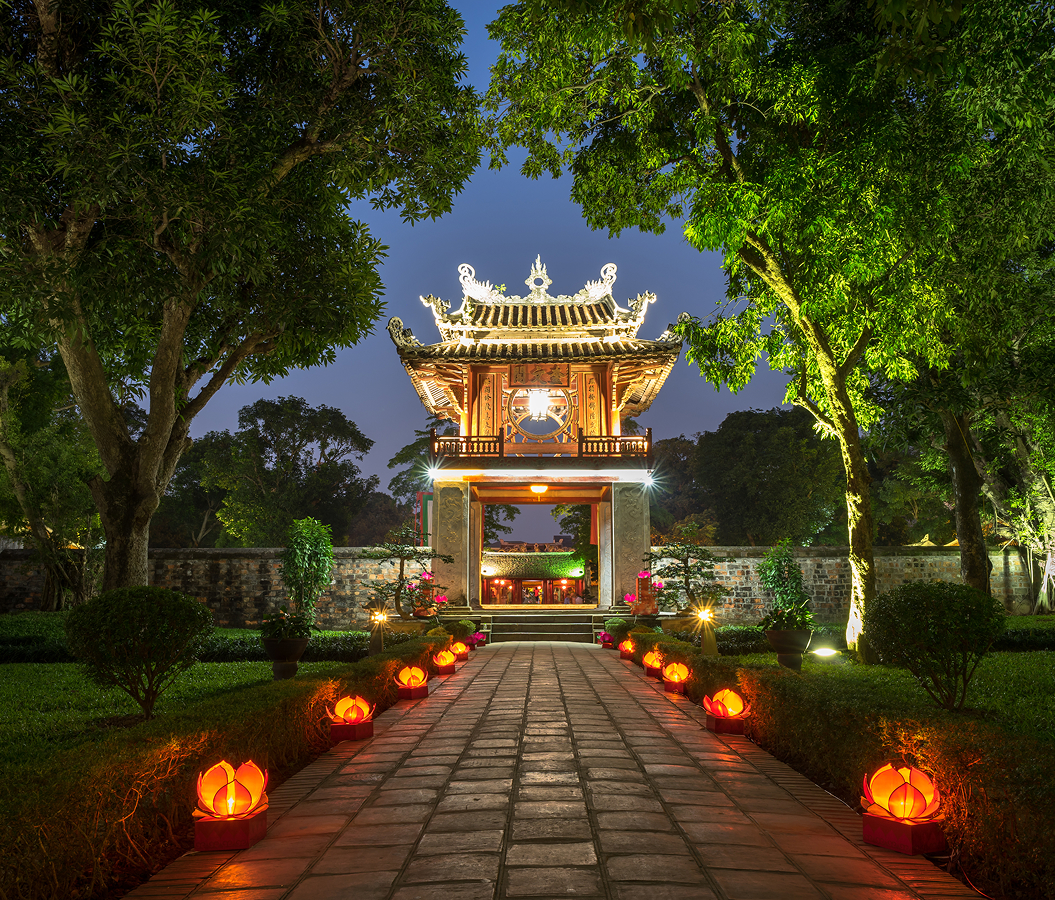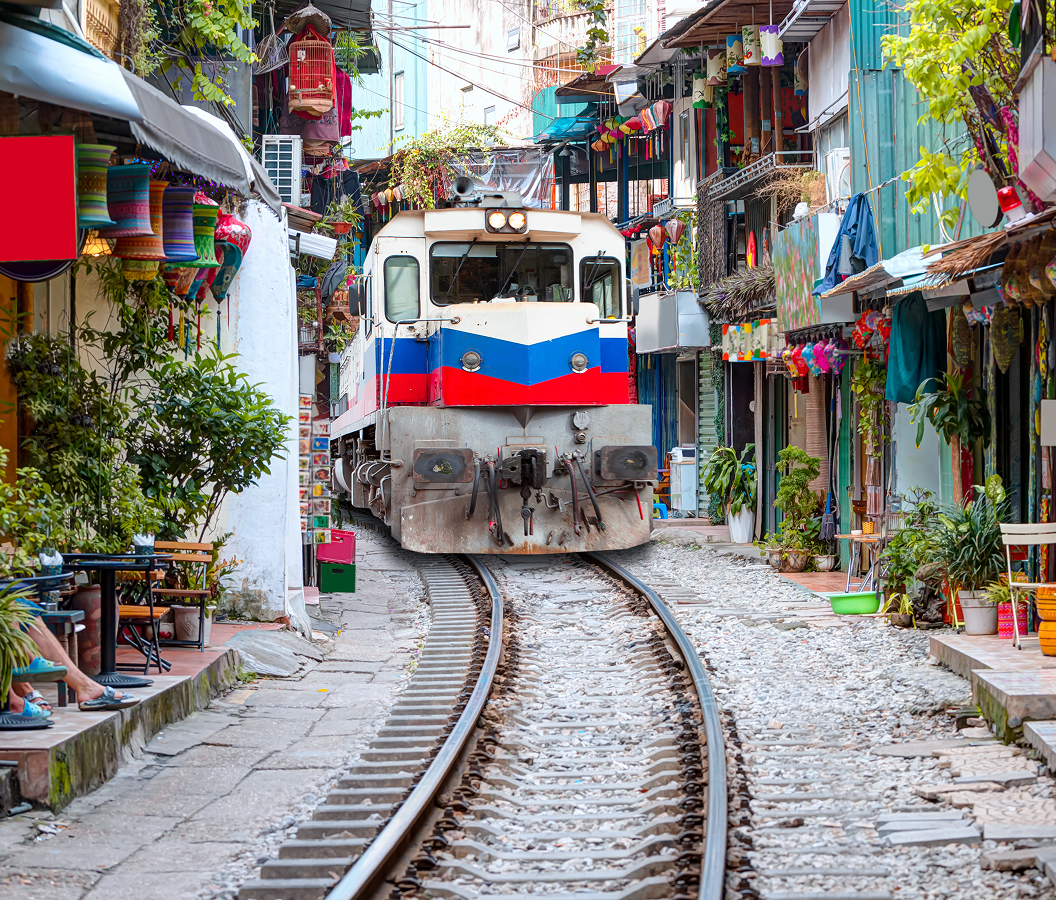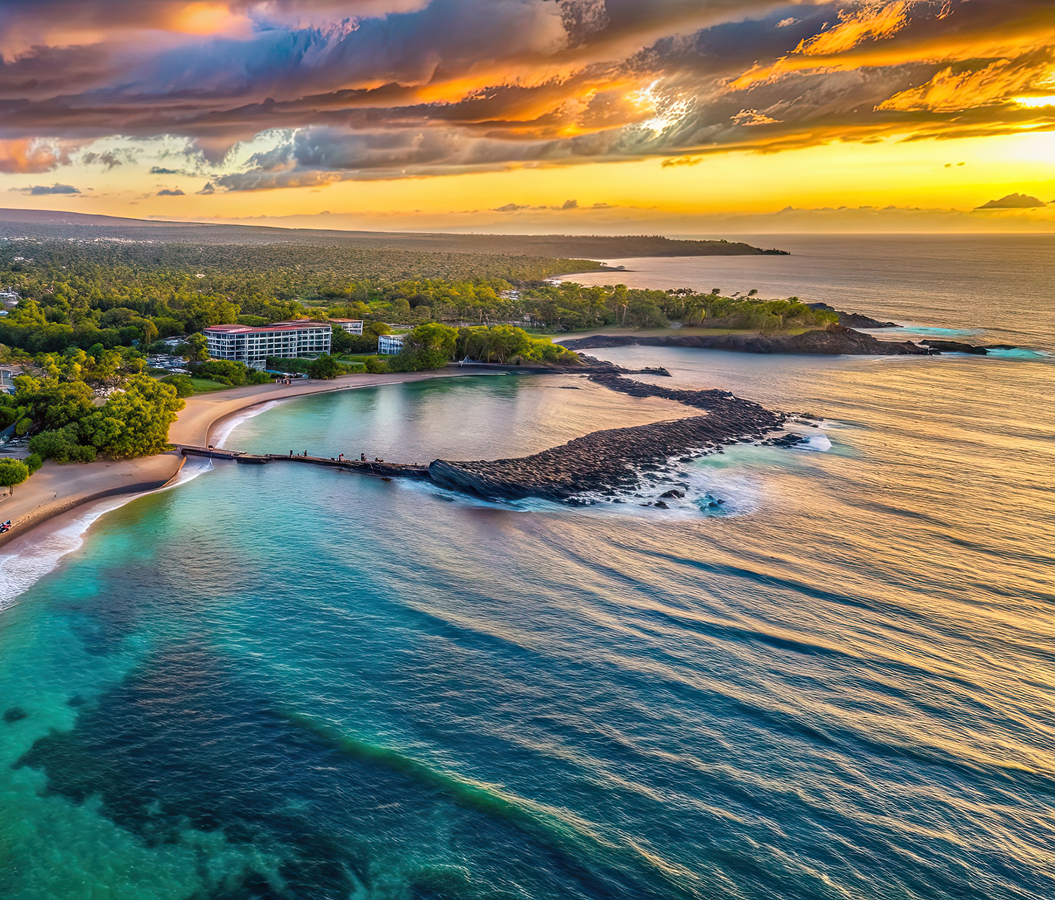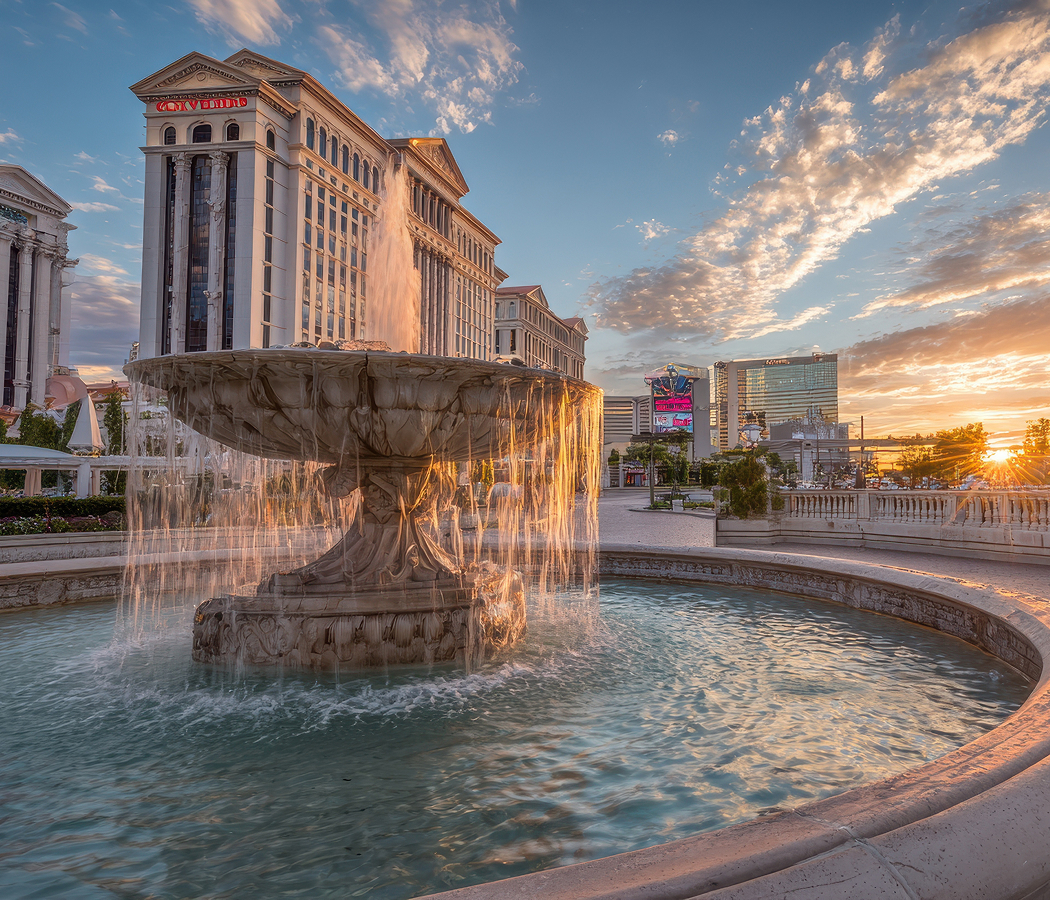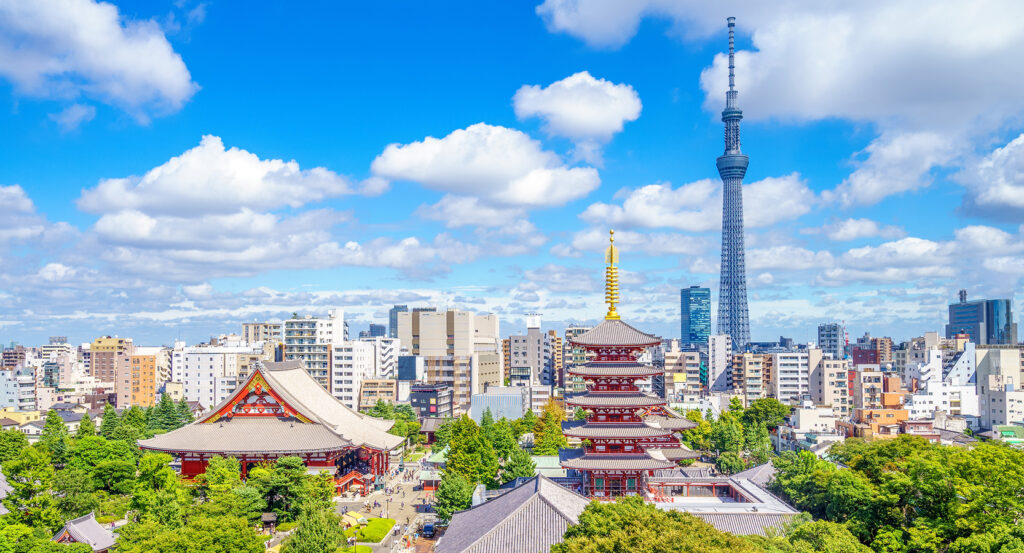
Why you should experience Tokyo Skytree.
Tokyo Skytree isn’t just an observation tower — it’s Tokyo’s vertical compass, a luminous pillar that gathers the city’s past, present, and future into one infinite line of sight.
Soaring 634 meters above the Sumida skyline, Skytree commands a view that feels less like sightseeing and more like decoding the city’s living blueprint. From the moment you step inside, you sense an elegance that’s distinctly Japanese: the lattice-like structure inspired by traditional five-story pagodas, the subtle curves that keep the silhouette graceful, the way light clings to its steel ribs like silk. Ride the high-speed elevator and the metropolis unfurls beneath you — rivers glinting like calligraphy strokes, rail lines threading neighborhoods into a single fabric, skyscrapers puncturing the horizon while temples and gardens whisper at street level. At golden hour the city blushes, Mount Fuji floats on the distant haze, and Tokyo Bay reflects the sky; at night the grid ignites, and Skytree becomes a lighthouse for a sleepless capital. Yet its power isn’t only the panorama — it’s perspective. From here, the sprawl reads as harmony, a choreography of motion and stillness that somehow holds together. Skytree isn’t an escape from Tokyo; it’s how you learn to read it — a moment where awe sharpens into understanding, and the city’s immensity turns intimate.
What you didn’t know about Tokyo Skytree.
Behind the shimmer and height lies a quiet feat of cultural engineering — a tower that survives on poetry as much as physics.
Skytree’s exact height, 634 meters, encodes “Musashi,” the ancient name for the region (6=mu, 3=sa, 4=shi), anchoring a ultramodern icon to the archipelago’s memory. Its seismic resilience borrows from temple wisdom: a central steel column acts like the shinbashira of historic pagodas, allowing the outer frame to flex while the core steadies the whole — a dialogue between movement and balance. Even its color is considered: “Skytree White,” a custom blend with a faint blue, was chosen to harmonize with Edo-era palettes and Sumida River light. The two-tiered observatories translate altitude into narrative. The Tembo Deck (around 350 meters) wraps the city in a crystalline ring of glass, with gentle slopes and gathering spaces that encourage you to linger, not simply look. The Tembo Galleria (around 450 meters) is an ascending glass corridor — part ramp, part ribbon — that turns the act of climbing into a floating, weightless stroll through air. Beneath your feet, the TOKYO Solamachi complex operates as a vertical village: artisan sweets shaped like clouds, knife-polished wagashi, regional craft pop-ups, planetarium shows, and restaurants that map Japan through flavor. Even Skytree’s nightly illuminations — alternating “Iki” cools and “Miyabi” warms — are essays in mood, reflecting Edo chic or courtly elegance across the river. And while taller towers exist elsewhere, few fuse identity and innovation so completely: Skytree is a broadcast hub, a cultural lantern, and a civic living room stacked into one, proof that technology in Tokyo is most beautiful when it bows to tradition.
How to fold Tokyo Skytree into your trip.
Treat Skytree like a perfectly timed scene: arrive, ascend, and let the city write itself across your senses in chapters of light.
Aim for late afternoon entry to catch three acts in one visit — daylight clarity, molten sunset, and the neon afterglow. Approach via the Sumida River promenade or through TOKYO Solamachi, where you can graze on taiyaki, sample regional ramen, or pick up small-batch confections before riding skyward. Start at the Tembo Deck: circle slowly, using landmark guides to orient your map of Tokyo — Asakusa’s Sensō-ji and the vermilion sweep of Nakamise-dori to the west, Tokyo Bay’s silver fan to the south, the green punctuation of Ueno and the Imperial Palace drifting in the middle distance. When the horizon begins to warm, move up to the Tembo Galleria: the gentle ramp pulls you higher as the city slides from gold to violet, trains scrolling silently beneath like luminous threads. Pause at the highest point to watch the first stars spark; if the air is crisp and clear, you may catch Mount Fuji’s silhouette sharpening against a fading sky. Back on the ground, linger in Solamachi’s evening rhythm: browse ceramics and dyed textiles from across Japan, step into the Sumida Aquarium to watch jellyfish drifting like living lanterns, or book a window table for seasonal kaiseki, tempura, or a simple bowl of soba elevated by the view. If you prefer calm, visit in the morning for soft light and thinner crowds, then walk 20 minutes to Asakusa for incense, fortune slips, and a boat ride down the river that returns Skytree to the skyline — a graceful needle stitching Tokyo together. For photographers, frame the tower from the Jukken Bridge or along the Oyokogawa Water Park canal, where reflections double the geometry. And if rain finds you, embrace it: Skytree’s city-in-the-clouds mood, halos on the glass, and fog-laced streets below turn the view into a monochrome poem. Tokyo Skytree isn’t merely taller — it’s truer. It gathers centuries of craft and a century of speed into one vertical story, letting you see how the quiet and the kinetic coexist. Stand within its crown and the city stops being a mystery of scale; it becomes a masterpiece of intent — precise, luminous, and endlessly alive.
Hear it from the Foresyte community.
“Basically a spaceship landed and decided to stay. You step out onto the glass, look down, and realize Tokyo stretches way past anything your brain can hold.”
Where meaningful travel begins.
Start your journey with Foresyte, where the planning is part of the magic.
Discover the experiences that matter most.


